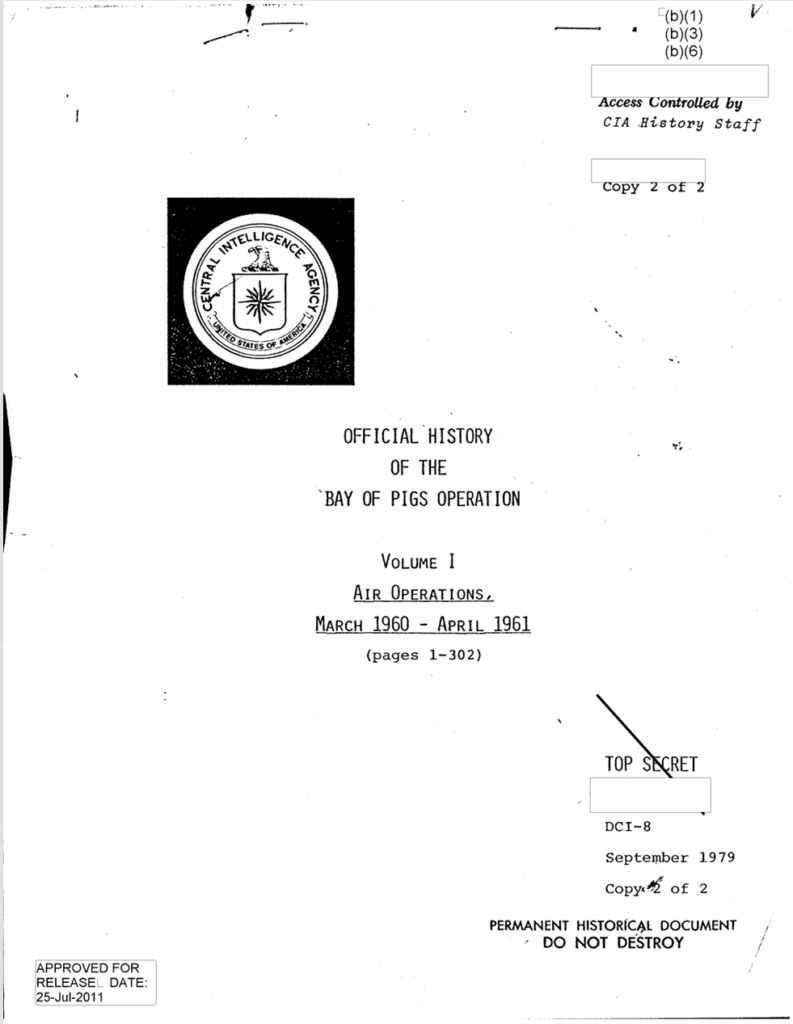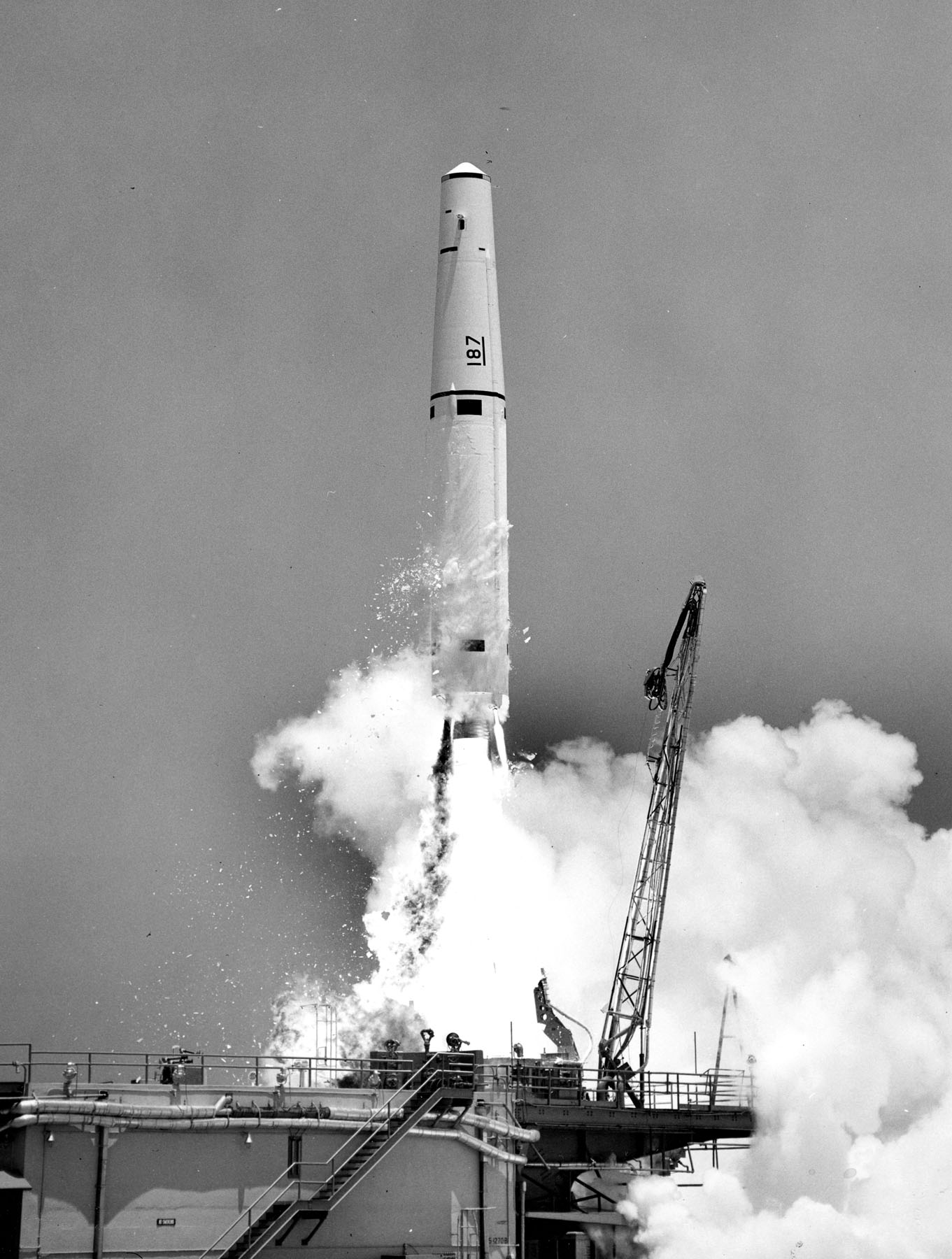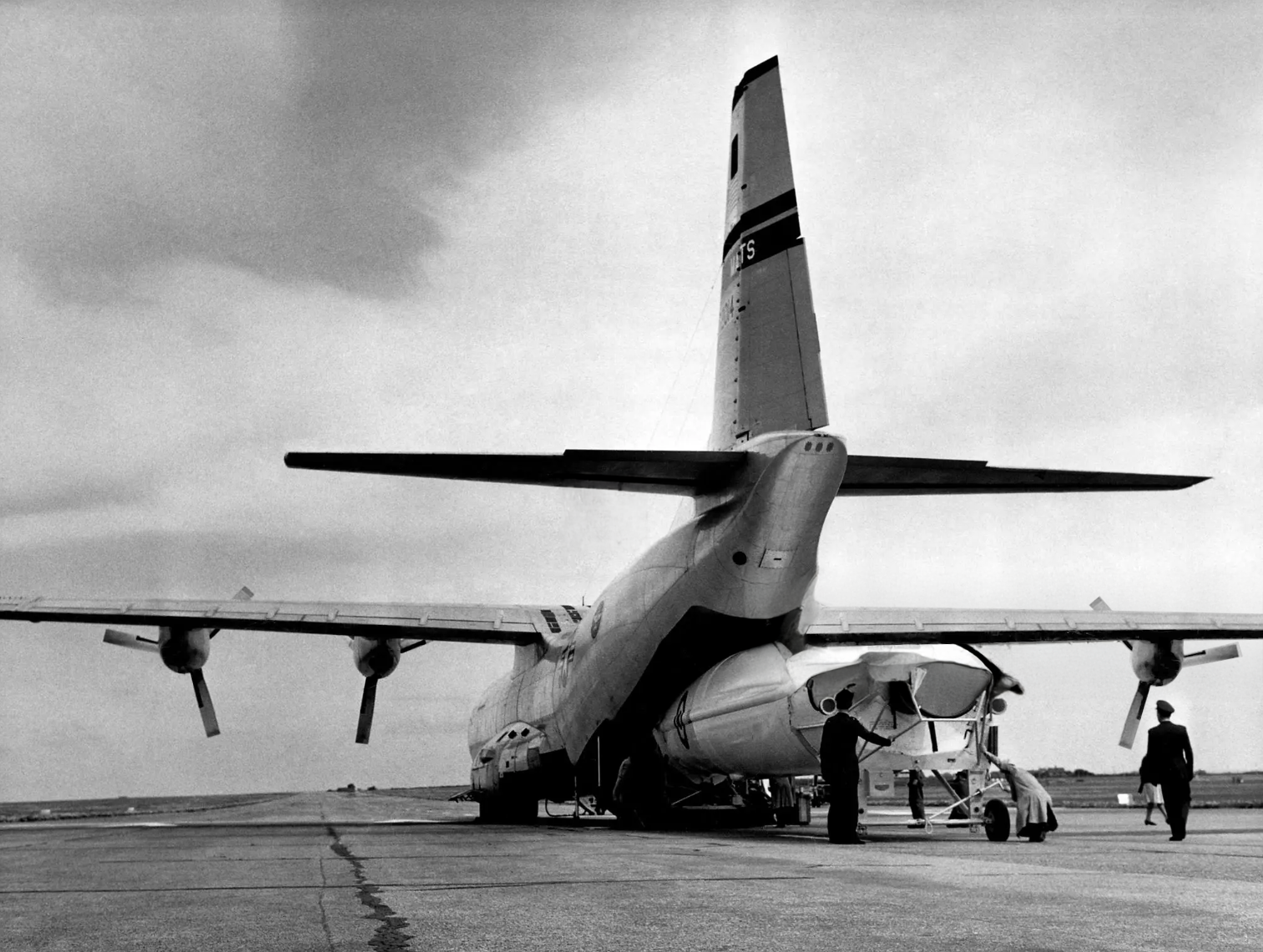Cold War - 1960's
There was a surge in residents in Mayaguana during the 1960s NASA Mercury and Apollo Space programs when the U.S. had a military base and tracking station on the island.
The station charted the trajectory of intercontinental ballistic test missiles launched from Florida along with spacecraft orbiting earth. It also served as a temporary refueling base for military aircraft, but all was abandoned in the 1970s and the island’s population fell into decline.
Remains of the facility are still evident with a long runway, part of which has been restored as Mayaguana’s new airport.

February 16, 1960 Mayaguana Island
A notable event linked to the base occurred in 1959 when a Thor missile launched from Cape Canaveral successfully captured the first color photographs of Earth from space. The missile’s data capsule, containing the camera, was recovered on a beach in Mayaguana, approximately 1,700 miles from its launch point.
The U.S. military base on Mayaguana, established in the 1950s, was a pivotal component of early American aerospace and missile tracking efforts. Constructed by U.S. Army Engineers affiliated with the U.S. Air Force, the facility featured a 10,000-foot runway designed to accommodate jet aircraft monitoring missile trajectories from Cape Canaveral. This base played a significant role during NASA’s Project Mercury and Apollo programs, serving as a tracking station to ensure astronauts remained on course during their missions.
* Launch Date: December 1, 1959 * Launch Location: Cape Canaveral, Florida * Retrieval Date: February 16, 1960 * Retrieval Location: Mayaguana Island, Bahamas * Model Designation: Thor DMISA * Program: 10C * Vehicle Serial number: 254
First Picture of Earth taken from Space
On December 1, 1959, the United States launched a Thor missile equipped with a camera in its nose cone, capturing the first color photograph of Earth from outer space. The images were retrieved on February 16, 1960, when the data capsule landed on a beach on Mayaguana Island in the Bahamas, approximately 1,700 miles from the Cape Canaveral launch site .
The Thor missile, known as the PGM-17A, was the first operational ballistic missile of the U.S. Air Force and played a significant role in early space exploration efforts . This event not only marked a milestone in space photography but also highlighted Mayaguana’s unexpected role in the early days of space exploration.



Mayaguana Airport (MYG)
- It was established in the 1950s as part of the Eastern Test Range supporting missile tests and early space missions launched from Cape Canaveral.
- It included a long airstrip (built by the U.S. Army Corps of Engineers), tracking equipment, and recovery operations support, including for Thor missile test payloads.
- Today, the airstrip remains and is used as Mayaguana Airport (MYG).

